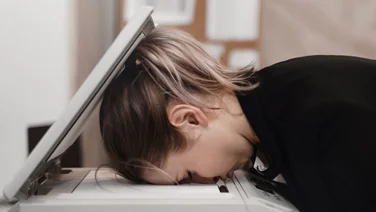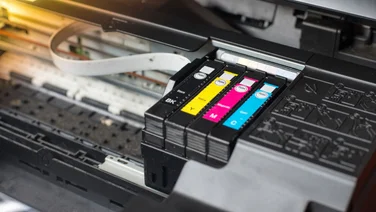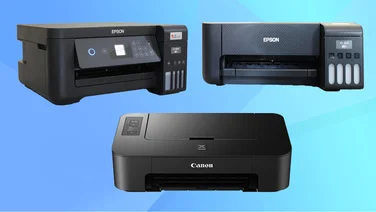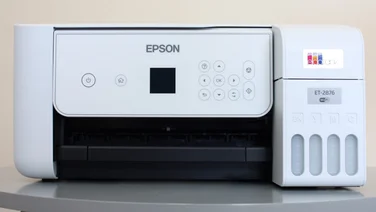To help us provide you with free impartial advice, we may earn a commission if you buy through links on our site. Learn more


Brother’s DCP-J715W is a little more office orientated than most MFPs we see. While it doesn’t have a fax, the scanner can be used as a regular flatbed, or for making bulk copies thanks to its automatic document feeder (ADF). Despite this, Brother claims that it can create lab-quality photos in 30 seconds, and its features include a colour screen, memory card reader and PictBridge port.
Considering the price, the DCP-J715W doesn’t feel especially sturdy, particularly the scanner lid. Like many MFPs the hinges will extend directly upwards by around an inch, allowing thick originals to fit below the lid, but the whole arrangement feels approximate and flimsy. There’s a similar feel to the paper tray which is divided into holders for A4 and postcard-sized media. It’s easily flexed, and rattles when you’re filling it with paper or manually engaging the photo tray.

You can easily connect to this MFP via a wireless network, but if you’re using a USB or Ethernet cable they need to be routed under the lift-up scanner bed and into ports near the control panel. While the end result is tidy, it takes up about a foot of the cables’ length. The scanner is held up by a plastic stay reminiscent of a car bonnet, which is tricky to release without letting the top section crash down into place. After slotting the four ink cartridges into a compartment at the front, the printer prepares itself and delivers an automatic quality-test sheet.
Despite Brother’s competitive speed figures, the DCP-J715W turned out to be one of the slowest printers we’ve seen recently. Draft text appeared at a reasonable 13.3ppm, but returning the quality to its normal settings slowed the output down to just 3.4ppm in black, and only 2.6ppm in colour. Far from taking 30 seconds, each 6×4 inch photo print took three minutes and 40 seconds at the highest quality setting. This did drop to one minute 42 seconds when printing directly from a memory card, but the results – though fair – weren’t quite lab quality, with some visible grain and a lack of definition in the darkest areas. The direct print menu hung each time we tried to access one of our test images, so we had to substitute it with an alternative version.
On plain paper, black text wasn’t as crisp as the best inkjets and colours lacked vibrancy. This was particularly noticeable in colour copies, while the graphics in mono copies were far too dark. During our 10-page copy test, the ADF didn’t leave the original documents in a tidy stack.

We were more satisfied with the performance of the DCP-J715W’s scanner, which is reasonably quick, delivering all but our 1,200dpi photo scan in less than 30 seconds. Colours were captured accurately, if a little too bright, and the focus was sharp without overt signs of processing. While it’s good enough for many creative applications, however, it wasn’t able to resolve the very lightest shades in our Q-60 target, or several of the darkest, meaning that it’s not ideal for detailed photography work.
Ultimately, this MFP would be suited to occasional creative jobs in a small office if not for its print costs, which are some of the highest around. For only a little more, Epson’s PX720WD is faster, better quality and cheaper to run.






